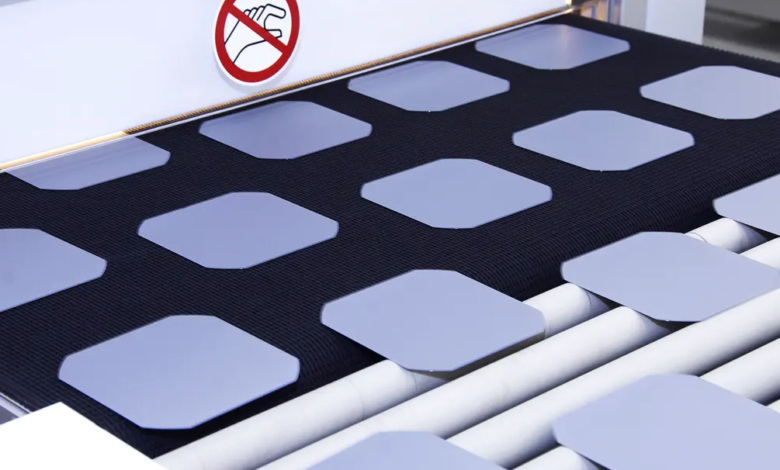New solar panels “from black gold” that the photovoltaic industry discards

How to say goodbye to China and strengthen European value chains
Create new solar panels from the recycling of industrial waste of the photovoltaic industry. It is one of the objectives of Icarus, a project launched by companies and research institutes from 7 European countries, under the guidance of the Norwegian foundation SINTEF.
These days the European Commission is working on the launch of “Clean Tech Europe”, a new platform to strengthen its value chains in clean energy. An effort that will also affect the photovoltaic industry. Today, most of the raw materials and components used in the Old Continent come from China, and the entire production has efficiencies that can be greatly improved. Just think that a third of the material used to make cells and modules is lost during manufacturing. Waste could have a second life thanks to the Icarus project, as explained by Martin Bellmann, a scientist at SINTEF and head of the initiative. “This material can be recovered as part of the production process,” says Bellmann. “And maybe this will allow us to create a new solar-based industry in Europe”.
From quartz to new solar panels
To understand how the project works, it is necessary to go into the most energy-intensive phase of the production of photovoltaic cells. Everything starts with quartz, silicon dioxide, from which pure silicon is obtained. The material is melted to obtain a crystalline ingot that will then be sliced into thin wafers, elements just 0.13 mm thick. And it is precisely this last step that understandably generates more waste. When cutting a silicon ingot a good 35% of the material is lost in the form of powder. It is what Bellman calls “black gold” and the Icarus project aims to recover to create new photovoltaic modules.
What’s the big deal? Normally this waste is collected in a mixture of liquid sludge that also contains contaminants from the “slicing” process, such as oxygen, carbon, nickel, iron and aluminum. For this reason, Bellman is working with the initiative’s partners to find ways to decontaminate black dust so that it can be recycled as a raw material for new solar panels.
It’s not just about photovoltaics. Upstream wafer silicon processing supports several major European industries that currently rely mainly on Asian supply. The consortium’s goal is to produce modular and scalable solutions that enable the recovery of more than 95% of the high-value discarded material. Researchers are also planning to recycle quartz crucibles used to melt silicon before it is transformed into ingots. These elements are intended to break a revolt cooled but according to partners could be used as raw material to produce silicon carbide.





